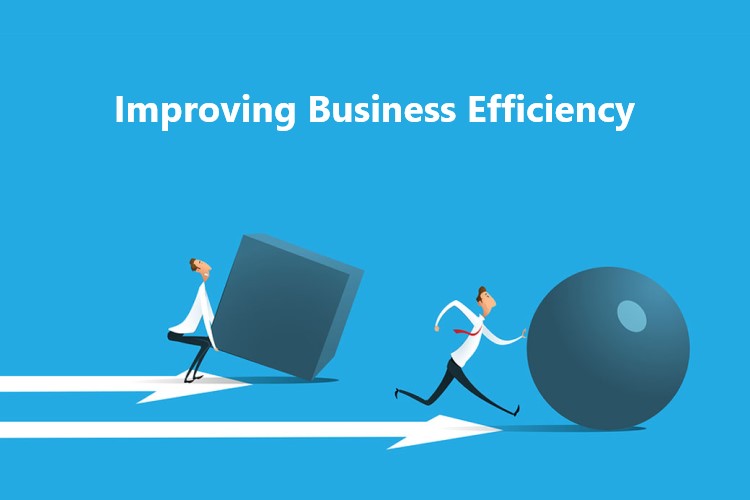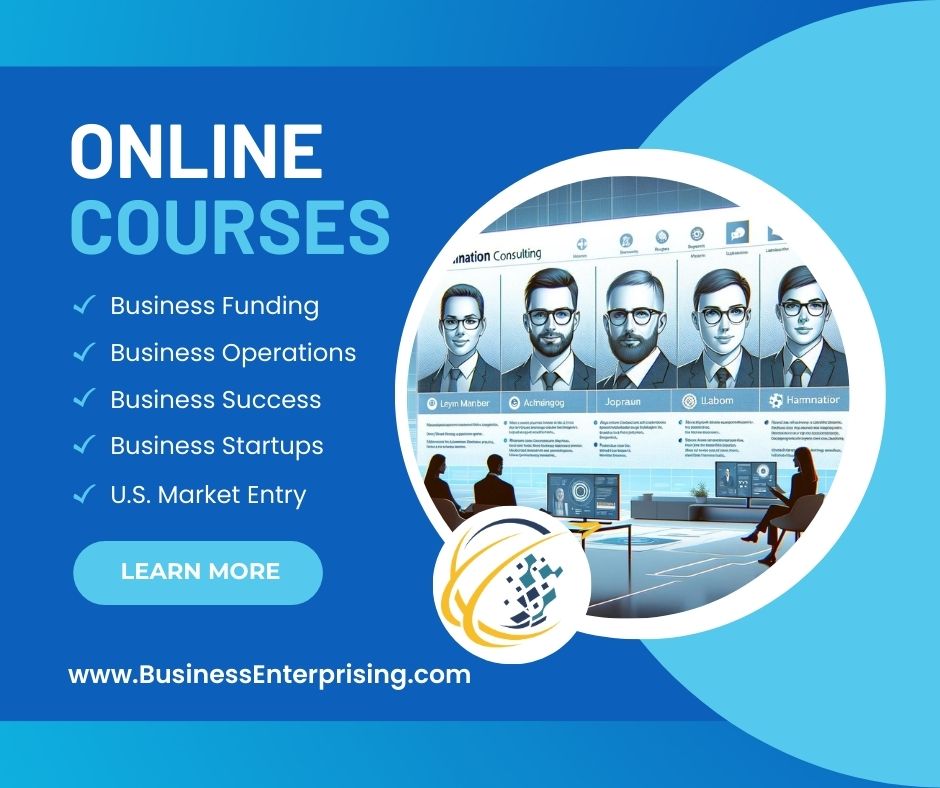
Streamlining Workflow Processes
Streamlining workflow processes is essential for improving business efficiency. By identifying bottlenecks, you can tackle areas that slow down productivity. Start by mapping out each step in your processes and tracking where delays occur most often. This analysis helps you see patterns and pinpoint tasks that might benefit from adjustments or automation.
Automation plays a key role in creating smoother workflows. Repetitive tasks, like data entry or scheduling, can be handled by automated tools. This shift frees up time for your team to focus on more valuable tasks, reducing errors and increasing consistency. Project management tools are useful here, as they automate reminders, task assignments, and status updates, helping everyone stay aligned.
As you streamline workflows, regularly review and refine each process. Business needs change, and what works now may need adjusting later. Involving your team in these reviews can uncover new insights and improvements. By making streamlining an ongoing effort, you stay agile and committed to improving business efficiency, supporting growth and productivity across your organization.
Leveraging Technology for Productivity
Leveraging technology is a practical approach to improving business efficiency, helping teams stay organized and focused on their goals. Project management software, for example, provides a central platform for tracking tasks, assigning responsibilities, and setting deadlines. Tools like Asana, Trello, or Monday.com make it easy to see project progress and address issues quickly. With clear visibility into each project, your team can prioritize tasks and manage workloads more effectively.
Customer Relationship Management (CRM) systems are also invaluable for organizing customer interactions and sales efforts. CRMs like Salesforce, HubSpot, or Zoho keep customer information in one place, enabling your team to access data quickly. This streamlined access allows you to provide better customer service, personalize interactions, and track customer journeys over time. CRM systems also offer analytics that helps you identify customer trends, informing better business decisions.
Communication platforms like Slack, Microsoft Teams, and Zoom enhance collaboration by connecting remote or hybrid teams in real-time. These tools reduce the need for constant emails and make it easier to share updates, hold meetings, and manage group discussions. By adopting these technologies, you create a more connected and organized workplace. Using the right tools for communication, project management, and customer relationships contributes significantly to improving business efficiency, keeping your team aligned and productive.
Effective Time Management Strategies
Effective time management is essential for improving business efficiency, helping teams stay focused and productive. Prioritization is one of the most useful strategies, allowing you to tackle tasks based on their urgency and impact. By identifying high-priority items, your team can avoid spending time on less critical tasks, concentrating instead on activities that drive results. Tools like task lists and priority matrices can assist in organizing tasks by importance.
Time-blocking is another strategy that encourages productivity. By allocating specific time slots for focused work on each task, you reduce distractions and improve concentration. This approach is especially helpful for completing complex projects or handling tasks that require deep focus. Encouraging your team to set aside dedicated time blocks each day can lead to greater output and more balanced workloads.
Setting realistic deadlines also plays a key role in effective time management. Deadlines motivate teams, but they should be achievable to avoid unnecessary stress and burnout. When deadlines are practical, teams can plan better and manage their time without feeling overwhelmed. Together, these strategies not only support individual productivity but also contribute to improving business efficiency across your organization.
Optimizing Resource Allocation
Optimizing resource allocation is key to improving business efficiency, helping you make the most of your human, financial, and material resources. Start by assessing your current resources and identifying any areas where waste occurs. Regular evaluations give you a clear picture of how resources are used, helping you decide where adjustments may be necessary.
When it comes to human resources, assign tasks based on each team member’s skills and strengths. Matching people to roles they excel in improves productivity and job satisfaction. Cross-training employees can also be beneficial, allowing for flexibility if team members need to shift roles temporarily. This approach maximizes workforce efficiency, ensuring that critical tasks are always covered.
For financial and material resources, consider investing in tools that monitor and manage inventory or expenses. These tools help track spending and usage patterns, highlighting areas where you can cut costs without compromising quality. Streamlining purchasing and inventory management reduces waste, keeping costs under control. By focusing on smart allocation, you create a resource-efficient environment that supports growth while minimizing unnecessary expenses. Optimizing resource use in this way contributes to a more efficient, sustainable business model.
Improving Communication and Collaboration
Improving communication and collaboration within your team is essential for achieving goals and reducing misunderstandings. Clear communication ensures that everyone knows their roles and responsibilities, which minimizes confusion and helps projects stay on track. Encouraging team members to ask questions and provide feedback also promotes openness and keeps everyone aligned on objectives.
Collaborative platforms, such as Slack, Microsoft Teams, or Trello, play a vital role in connecting remote and in-office teams. These tools centralize conversations, share files, and track project progress, making it easier for teams to stay updated and coordinate effectively. Real-time communication also allows team members to quickly resolve issues, enhancing productivity and reducing delays. By adopting these platforms, you create a more organized environment that supports efficient teamwork.
Regular check-ins further contribute to improving business efficiency. Weekly or bi-weekly meetings provide opportunities to discuss progress, address challenges, and celebrate milestones. These check-ins ensure that small issues don’t become major problems and help team members feel supported. By fostering strong communication and collaboration, you enable your team to work together seamlessly, which leads to smoother processes and more consistent outcomes.
Continuous Training and Skill Development
Continuous training and skill development are essential for keeping employees adaptable and effective in a rapidly changing business landscape. By investing in upskilling, you help your team stay current with new technologies, industry standards, and best practices. This focus on learning not only benefits employees personally but also enhances overall company performance.
Upskilling also plays a significant role in improving business efficiency. When employees gain new skills, they can handle a broader range of tasks, reducing the need to hire externally for specialized roles. A well-trained team can also adapt quickly to new tools and processes, which minimizes downtime and increases productivity. Regular training sessions or access to learning platforms can make skill development a natural part of your workplace culture.
Fostering a culture of continuous learning also contributes to employee retention. When team members feel supported in their growth, they are more likely to stay engaged and loyal to your organization. Ultimately, ongoing training and development support a knowledgeable and flexible workforce, which is a powerful asset for any company focused on long-term success and efficiency.
Conclusion
Improving business efficiency is a continuous process that involves strategic planning, the right tools, and a focus on team development. By streamlining workflows, leveraging technology, and encouraging effective communication, you build a foundation for smoother operations. Supporting time management as well as investing in upskilling keeps your team adaptable and engaged. With these efforts, you create a more productive, resilient business environment that drives long-term success.


